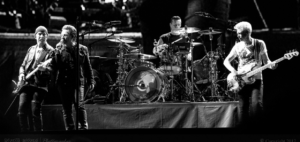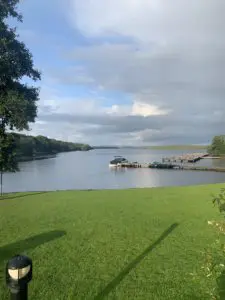Unearthed Legends: New Archaeological Insights into Celtic Ireland’s Past
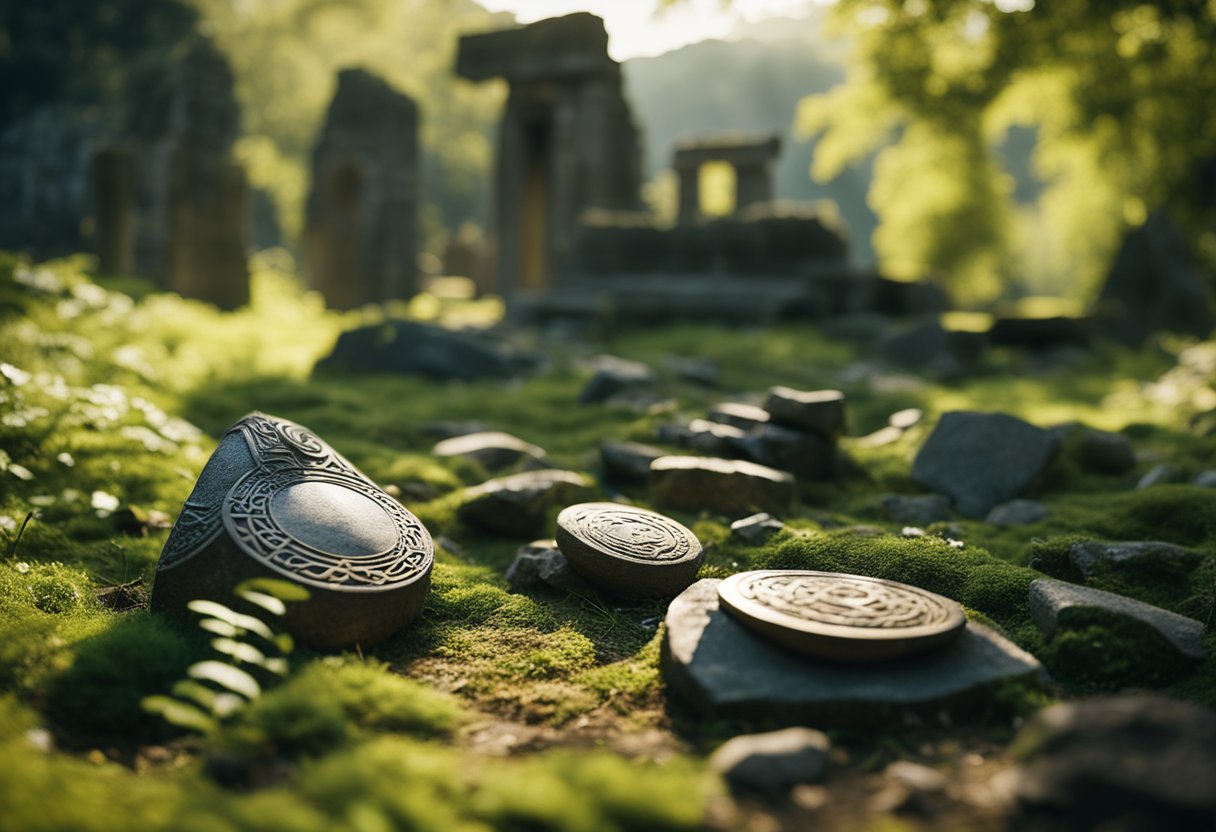
Updated On: March 14, 2024 by Eman Sameh
As we explore the ancient landscapes of Celtic Ireland, new archaeological finds continue to emerge, offering profound insights into a world long shrouded in myth and legend. Each discovery, whether it be a small artefact or a vast burial site, acts as a jigsaw piece, contributing to the colourful mosaic of historical narratives that define our understanding of the Celts. Archaeologists, wielding an array of technologies and methodologies, are unearthing evidence that illuminates the daily lives, spiritual beliefs, and social structures of this enigmatic civilisation.
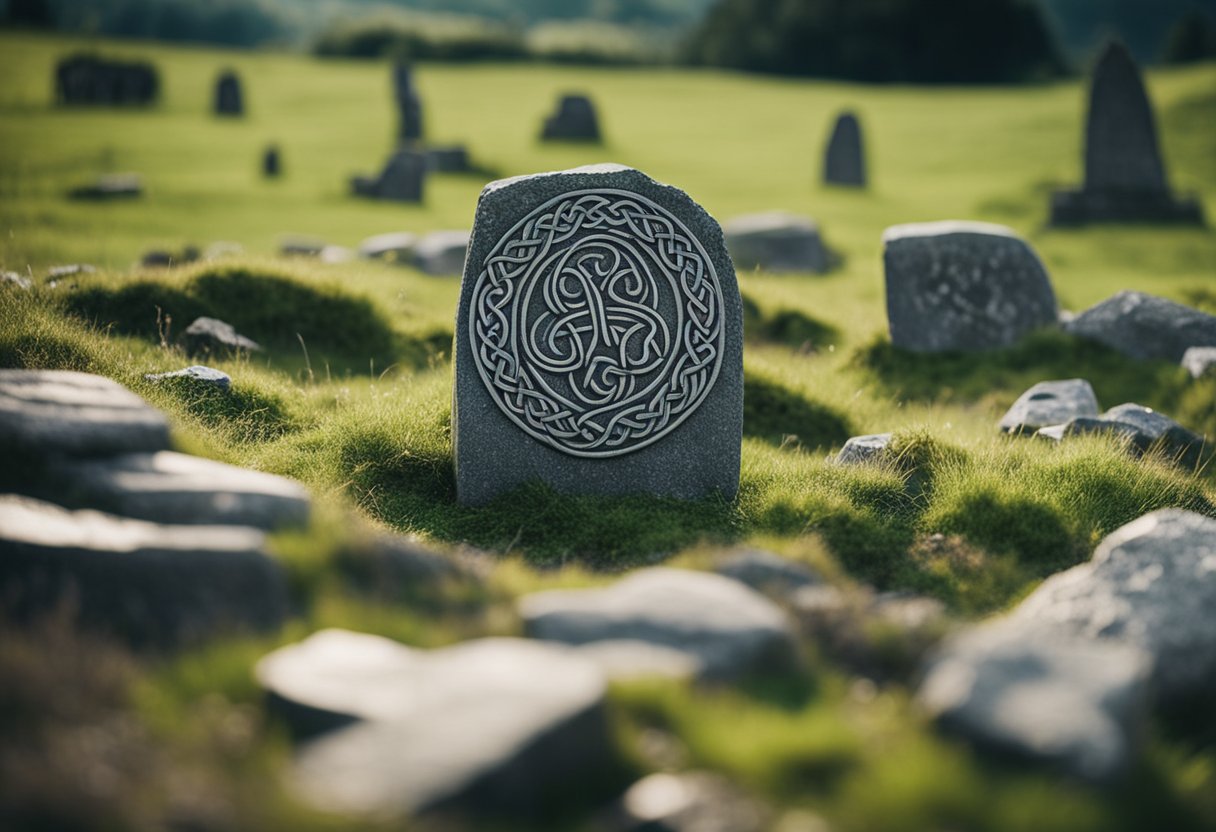
The significance of recent finds in Ireland cannot be understated. They reveal connections between the Celts and the wider ancient world, including their interactions with Roman and Viking societies. Preservation and analysis of these findings allow us to paint a more accurate picture of the past, challenging preconceived notions and bringing to light the true complexity of Celtic culture. By revisiting ancient legends and myths through the lens of tangible evidence, we bridge the gap between folklore and history, redefining the narrative of Celtic Ireland.
Archaeological Methods and Technologies
In advancing our understanding of Celtic Ireland, we’ve seen significant breakthroughs brought about by integrating modern technologies and innovative research methods in archaeology. Cutting-edge tools and analytical techniques now allow archaeologists to gain deeper insights without always having to excavate.
Advances in AI and Research
Artificial intelligence (AI) is revolutionising the way we conduct archaeological research. Machine learning algorithms have become capable of analysing vast datasets and pinpointing potential archaeological sites through pattern recognition faster than ever before. For example, AI has assisted in detecting unknown archaeological features in the Irish landscape, revealing everything from ancient enclosures to hidden tombs.
Furthermore, research leveraging AI enables archaeologists to interpret findings more comprehensively. Drones and satellite imagery, when combined with AI analytics, contribute to identifying sites and monitoring changes over time, which is crucial in preserving Ireland’s rich heritage.
Excavation Techniques
Modern excavation techniques have evolved considerably, prioritising the preservation of sites. Micro-excavation tools and non-invasive methods, such as ground-penetrating radar and electromagnetic induction, allow us to unearth artefacts with minimal disruption to the surrounding area.
In practice, we’re seeing strategic test trenches and careful layer-by-layer removal of soil to uncover the secrets of the past. These refined techniques not only protect the integrity of archaeological sites but also provide us with a more detailed context of how Celtic people lived, worked, and organised their societies.
Significant Celtic Finds in Ireland
In our quest to understand the ancient past, Ireland has proved to be a land of remarkable archaeological significance, with numerous finds that shed light on Celtic life.
The Role of Burial Mounds
Burial mounds have long captured our imagination, promising a glimpse into the ancient world. These earthen structures are not mere markers of human remains; they serve as time capsules, providing us with clues about Neolithic people and their ways of life. Notably, burial mounds like the Brú na Boinne complexes have revealed much about the artefacts and skeletons of those who dwelled in Ireland millennia ago. These ceremonial spaces embody the religious, social, and economic facets of past societies.
New Insights from Tomb Excavations
Advancements in DNA analysis techniques, coupled with meticulous excavations of tombs, have unravelled new narratives. For instance, recent excavation finds have highlighted the intricate artefacts that accompanied the deceased, such as the stunning bronze cauldron discovered in a rich Celtic Iron Age tomb, embellished with heads of Achelous and lionesses. Additionally, the unearthing of skeletons within these ancient tombs provides invaluable insights, enabling us to assemble a genetic tapestry that speaks volumes about the movements and interrelations of Early Irish populations. With every layer of soil removed, we’re rewriting history one trowel at a time.
Preservation and Analysis
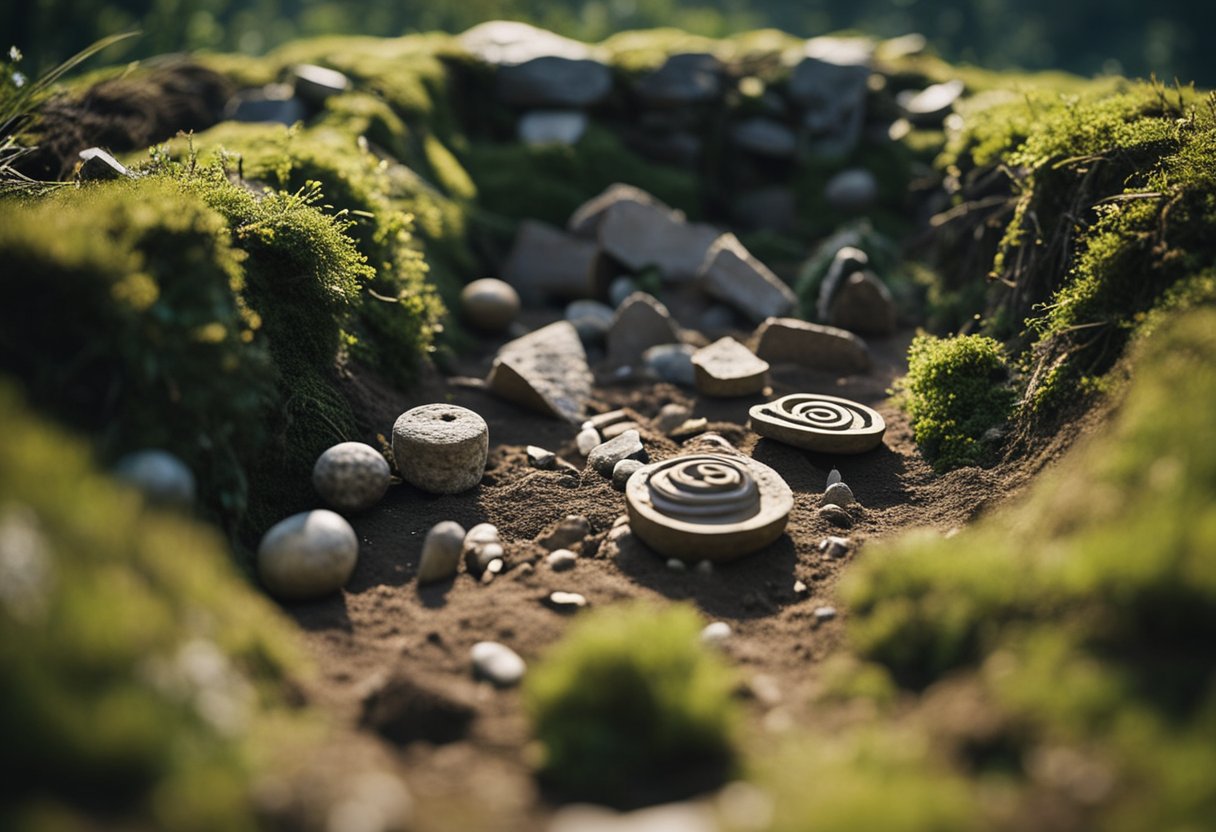
In our continued exploration of Celtic Ireland, we pay particular attention to the essential role that preservation and analysis play in bringing the ancient Celtic world to life. We glean deeper insights into this enigmatic era through meticulous conservation efforts and cutting-edge DNA analysis.
Conserving Celt History
Preservation is paramount in the field of archaeology. We must ensure that artefacts from the Celtic period are meticulously preserved so they can be studied and enjoyed by future generations. Every object we unearth, from weapons and jewellery to the remnants of dwellings, undergoes a careful process designed to halt the decay that time imposes. For example, methods such as controlled temperature storage and the use of desiccants help prevent the degradation of these valuable pieces of history.
Role of DNA in Understanding Lineage
The application of DNA analysis in archaeology has revolutionised our understanding of historical population movements and genetic lineage. By extracting DNA from well-preserved skeletal remains, we can trace the lineage of the Celts, unveiling connections between modern populations and these ancient people. This genetic material offers indisputable evidence of kinship and migration patterns, painting a clearer picture of how the Celts lived and interacted with neighbouring communities.
Celtic Ireland and the Wider Ancient World
Archaeological discoveries continuously provide us with valuable insights into Celtic Ireland’s far-reaching connections with the global ancient world, revealing a tapestry of trade and cultural exchange.
Evidence of Global Connections
Recent finds have reinforced the concept that the Celts were not isolated in Ireland but were part of a larger network of ancient civilisations. For instance, artefacts such as Mediterranean amphorae and Roman coins found in Ireland suggest that the Celts engaged in active trade with the Roman Empire. These items confirm the presence of foreign goods on Irish soil, pointing towards a broader trade network extending beyond the Middle East and North Africa. European connections have emerged as well, with French-origin goods indicating a possible trade or cultural exchange across what would have been challenging geographic barriers.
Traders and Cultural Exchanges
As traders, the Celts played a pivotal role in the movement of goods and ideas across Europe. Recovered goods tell a story of complex trade routes that connected Ireland with the vast Roman Empire, including regions under Roman influence, such as Gaul, which corresponds roughly to modern-day France. Archaeological evidence points to the import and export of a variety of goods, from Roman glassware to native Irish gold. Such exchanges had significant cultural implications, facilitating the blending of traditions and knowledge. Interestingly, the evidence even hints at Irish contact with Egypt, as certain stylistic elements found in jewellery and metalwork resemble those from the Eastern Mediterranean region.
Prominent Celtic Archaeological Sites
Our understanding of Celtic Ireland constantly evolves with each new archaeological discovery, bringing to light the diverse history of this ancient culture. Two such significant sites that have reshaped our perspective are Stonehenge, with its debated links to the Celts, and the plethora of findings across Scotland and Wales.
Stonehenge’s Celtic Links
One of the most iconic prehistoric monuments, Stonehenge, stands as a testament to the complex and enigmatic past of the British Isles. Although primarily attributed to earlier peoples, some studies suggest that the Celts, too, may have had a presence or influence at this site. However, the extent of this connection remains a topic of ongoing research and debate.
Discoveries in Scotland and Wales
Moving northward to Scotland and westward to Wales, both regions have unveiled remarkable archaeological discoveries, shedding light on Celtic life. In Scotland, extensive Iron Age fortifications and intricate artefacts unearthed across the country illustrate the advanced societal structures of the Celts. In contrast, Wales boasts rich burial sites and monumental stones, which bear witness to the Celts’ spiritual beliefs and their sophisticated metallurgy skills.
Rediscovered Artifacts and Ancient Artworks

In our recent findings, we’ve unearthed astounding artefacts and ancient artworks that offer a new perspective on Celtic Ireland’s culture and craftsmanship. These discoveries have shed light on the intricate details of Celtic life, expanding our understanding of their artisanship and spiritual significance.
Celtic Weapons and Jewellery
We have encountered a remarkable collection of Celtic swords, whose craftsmanship displays the high level of skill possessed by ancient Irish metalworkers. These weapons, often embellished with gemstones and intricate designs, were not only tools of war but also symbols of power and status. Accompanying these swords, we have discovered jewellery pieces that exhibit the Celts’ masterful artisanship, with delicate torcs and brooches that reflect their complex cultural identity.
- Swords: Symbolic decorations and precious inlays.
- Jewellery: Torcs and brooches, often containing intricate knotwork.
Symbolism in Celtic Art
Celtic art is renowned for its enigmatic symbolism, and the latest findings only magnify our fascination. Each piece of uncovered ancient art reveals a tapestry of symbolic meaning, with motifs such as spirals, knotwork, and zoomorphic designs that represent the Celts’ connection to the natural world and their belief in the continuity of life – a harmonious blend of the earthly and the spiritual.
- Spirals: Associated with growth and expansion.
- Knotwork: Signifying eternity and the intertwining of the spiritual and physical planes.
- Zoomorphic Designs: Suggesting the Celts’ reverence for nature and animals.
Cultural and Religious Practices
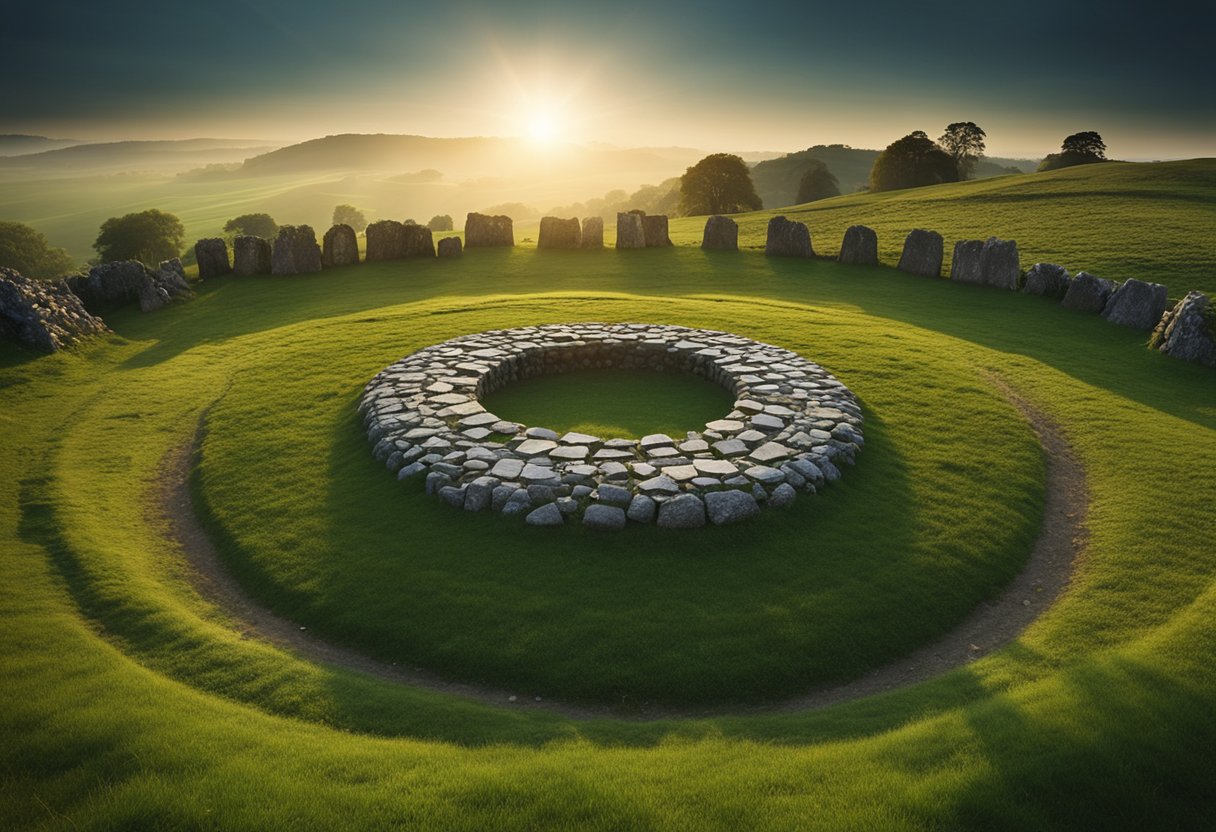
Celtic Ireland’s cultural and religious practices were rich and varied, with a pantheon of deities and an organised priesthood playing central roles in societal rituals and spiritual life.
Celtic Deities and Spiritual Sites
Celtic Ireland revered a multitude of deities, each associated with different aspects of life and nature. Apollo, for instance, though commonly associated with Greco-Roman culture, was also worshipped in Celtic lands, likely due to Roman influences. The Celts conducted their spiritual practices in various sacred places, from groves to natural springs. Among these, spiritual sites such as the Hill of Tara were of immense significance, serving as the seat of the High Kings and a nexus for religious ceremonial activities.
Rituals and Celtic Priesthood
The rituals conducted by the Celts were often led by druids, who served as priests, teachers, and legal authorities. These rituals frequently involved offerings or sacrifices to curry favour with the gods or to mark important events in the community. The druids were respected figures believed to possess profound knowledge of the natural world and the divine. Our understanding of these practices is continually evolving with new discoveries, such as those found in burial mounds and tombs, which offer us glimpses into the profound beliefs and ceremonies of the Celtic people. Necropolises, those extensive and elaborate burial sites, further reveal the intricate customs surrounding death and the afterlife, underscoring the importance of continuing the soul in Celtic belief systems.
Legends and Myths Uncovered
Recent excavations have revealed tangible threads interlaced with history and legend in our quest to comprehend Celtic Ireland. By unearthing these artefacts, we are granted rare glimpses into the mythic past that has long defined this land.
Historical Basis of Celtic Legends
The Celts, with their rich lore, attributed much of their understanding of the world to mythical accounts, which, upon closer archaeological examination, reveal a foundation in historical events. Investigating ancient sites in Ireland has often led us to finds that mirror these narratives. For example, the uncovered ceremonial objects and weaponry suggest that the tales of grand battles and revered leaders had roots in actual occurrences. These archaeological discoveries are turning myths into plausible histories, elucidating that legends may indeed stem from the deeds of our ancestors.
Mythic Figures and Heroes
The heroes of Celtic lore, from the mighty Cú Chulainn to the revered Morrígan, embody the values and challenges of the Celtic people. While Hercules is widely recognised as a hero of Greek tradition, his archetype—the formidable warrior undertaking monumental tasks—resonates with Celtic figures found in Irish myth. Recently, artefacts such as personal adornments and inscriptions have surfaced, which align closely with the descriptions of these mythic figures, suggesting that individuals who inspired these stories could have truly walked the land. By bringing these characters to life through archaeological discoveries, we uncover a cultural tapestry that weaves fiction with a strand of reality that was once lost to time.
Influence of Roman and Viking Incursions
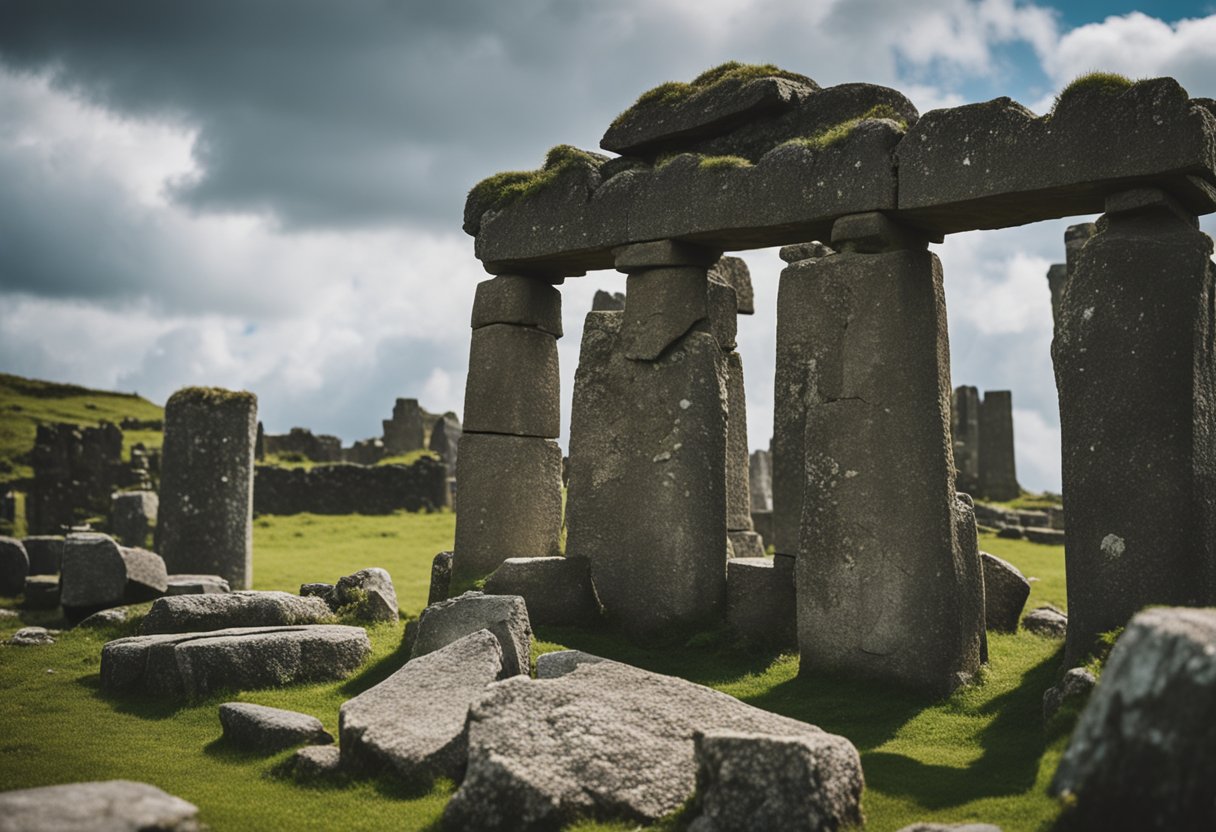
The interactions between Celtic Ireland, the might of the Roman Empire, and the formidable Viking settlers have left a substantial imprint on the region’s cultural and historical landscape.
Roman Impact on Celtic Lands
The Romans never fully conquered Ireland; however, their powerful presence in Britain had a significant ripple effect across the Irish Sea. Trade between the Roman Empire and the Celtic tribes was commonplace, with Irish exports like hides and slaves for Roman goods such as wine, olive oil, and fine pottery. Roman artefacts found in Ireland point to a society that, while maintaining its unique character, embraced certain aspects of Roman material culture.
Viking Raids and Settlements
The arrival of Norsemen, known for their seafaring prowess and fierce raids, brought about a transformative era in Irish history. Starting with plundering coastal monasteries around AD 795, the Vikings went on to establish important trading hubs and settlements, such as Dublin, Waterford, and Limerick. These urban centres became melting pots of Norse, Celtic, and other cultural influences, which later played crucial roles in Ireland’s economic and political development. The Norse also introduced new technologies, such as advanced shipbuilding techniques, which played a part in shaping Ireland’s maritime heritage.
Controversies in Celtic Archaeology
In the realm of Celtic archaeology, new discoveries often spark intense debates and ethical considerations regarding methodology.
Debates Over Artifact Origins
Archaeological discoveries in Celtic regions can lead to spirited discussions among experts. For instance, when artefacts are unearthed, their origins can be contentious, with disagreements over their connection to the Celtic tribes of Ireland. Some archaeologists assert that objects thought to be Celtic may, in fact, have originated from trade with or influence by other cultures. This was vividly highlighted by the discovery of a Celtic chariot, which compelled scholars to re-evaluate their understanding of Celtic warfare and art. Similarly, artefacts like the one found at Duropolis, an ancient Celtic village, add depth to our comprehension of daily life during the Iron Age.
The Ethics of Archaeological Methods
The process by which archaeological discoveries are made can also come under scrutiny. The techniques used to extract artefacts from the soil are sometimes considered invasive and potentially damaging to cultural heritage sites. These methods might range from traditional digging to modern practices such as ground-penetrating radar. Ethical questions emerge: How do we balance the pursuit of knowledge with the preservation of sites? It’s a complex issue that requires the expertise of archaeologists to navigate the fine line between discovery and preservation.
Frequently Asked Questions
In this section, we address some of the most intriguing queries about the findings in Celtic Ireland that continue to captivate our collective interest.
What sort of artefacts have been discovered in Celtic burial sites in Ireland?
In Celtic burial sites across Ireland, remarkable artefacts such as intricately designed jewellery, weapons including swords and shields, and ceremonial objects have been unearthed, offering a glimpse into the craftsmanship and ritual practices of the time.
How have recent archaeological discoveries reshaped our understanding of Celtic culture?
Recent archaeological finds, including settlements, remains, and religious sites, have provided us with new perspectives on the Celts’ social structure, belief systems, and domestic life, significantly altering our prior conceptions.
What is the significance of the ancient relics unearthed in Irish bogs?
Ancient relics discovered in Irish bogs, such as perfectly preserved human remains and wooden artefacts, are significant due to the bogs’ anaerobic conditions. These conditions have kept these artefacts intact over millennia, thereby offering an unparalleled view of the past.
What do the physical appearances and artefacts tell us about the daily lives of the ancient Celts?
Physical appearances suggested by bog bodies and carvings, alongside everyday artefacts like pottery, textiles, and tools, reveal that the Celts were skilled artisans and farmers who engaged in intricate clothing production and had daily routines rich with cultural practices.
From where did the Celtic tribes originally migrate to Ireland?
The Celtic tribes are believed to have migrated to Ireland from Central and Western Europe around 500 BCE, bringing with them distinctive language, art, and social structures that would eventually become integral to Irish identity.
What is considered the most significant ancient Celtic discovery in Ireland to date?
Potentially the most significant discovery is the Tara Brooch, a masterful example of Celtic metalwork from the Iron Age that reflects the high level of skill and the aesthetic of the society in which it was created.


